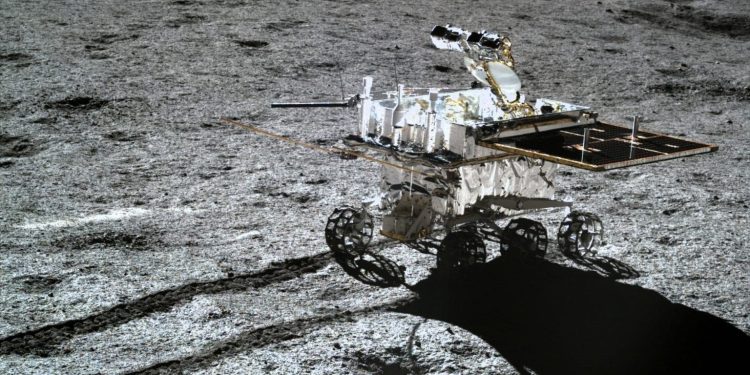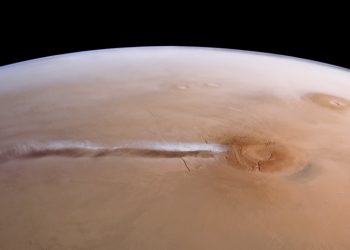In an exciting breakthrough for lunar exploration, Chinese scientists have analyzed the very first samples collected from the moon’s far side, thanks to the Chang’e-6 mission. This marks a pivotal moment in both lunar science and technical exploration, as the study, published on September 16 in National Science Review, unveils unprecedented insights into the moon’s mysterious far side.
Prof. Li Chunlai, a corresponding author from the National Astronomical Observatories of the Chinese Academy of Sciences (NAOC), expressed the magnitude of this achievement: “These samples, as the first-ever retrieved from the far side of the moon, open up an invaluable avenue for lunar research.”
New Insights into the Moon’s Evolution and History
The Chang’e-6 samples offer a deeper understanding of the moon’s early history, with insights into the evolution of volcanic activities between the near and far sides of the moon. They also provide crucial data on the impacts that have shaped not only the moon but the inner solar system as a whole. Furthermore, these samples are helping scientists decode the galactic activity recorded in the lunar weathering layer and shed light on the moon’s magnetic anomalies, crust composition, and mantle structure.
Utilizing advanced techniques such as drilling and scooping, the mission successfully gathered 1,935.3 grams of lunar material from the South Pole-Aitken Basin. The analysis of these samples showed a mix of local basaltic rocks and foreign, non-mare material, giving researchers a clearer understanding of the moon’s far side geology. Mineralogically, the soil composition was found to be primarily plagioclase, pyroxene, and ilmenite, with only traces of olivine.
One of the key takeaways from the Chang’e-6 mission is the confirmation of three major geochemical regions on the lunar surface: the Procellarum KREEP Terrane (PKT), the Feldspathic Highland Terrane (FHT), and the South Pole-Aitken Terrane (SPAT). These regions are distinct in their geological evolution and composition, with SPAT, where the Chang’e-6 samples were collected, holding particular interest for scientists due to its ancient origin and unique geology.
Prof. Li highlights the significance of this discovery: “These local mare basalts reveal the volcanic history of the moon’s far side, while non-basaltic fragments could offer critical insights into the lunar highland crust and deep lunar mantle.”
Expanding Our Understanding of the Moon
With the addition of these new samples from the far side, the total amount of lunar material brought back to Earth now stands at nearly 383 kilograms. Together with samples from previous Apollo, Luna, and Chang’e-5 missions, these new far side samples are expected to reshape our understanding of the moon’s formation, including key hypotheses like the giant impact theory, the lunar magma ocean, and the Late Heavy Bombardment.
“Until now, our research has been limited to the near side of the moon,” explains Prof. Li. “By obtaining these farside samples, we’re unlocking a new chapter in lunar exploration, one that will challenge and refine existing theories about the moon’s origin and evolution.”
The significance of these findings goes beyond the moon itself. By understanding the moon’s evolution, scientists can gain valuable insights into the history of other terrestrial planets, including Earth. With the data gathered from Chang’e-6, the door is now open for new concepts and theories that could redefine planetary science as we know it. As humanity looks to the future of space exploration, missions like Chang’e-6 are proving that the moon still has many secrets to reveal. With this new wealth of data, researchers are set to explore further, dive deeper, and uncover even more about our nearest celestial neighbor.











